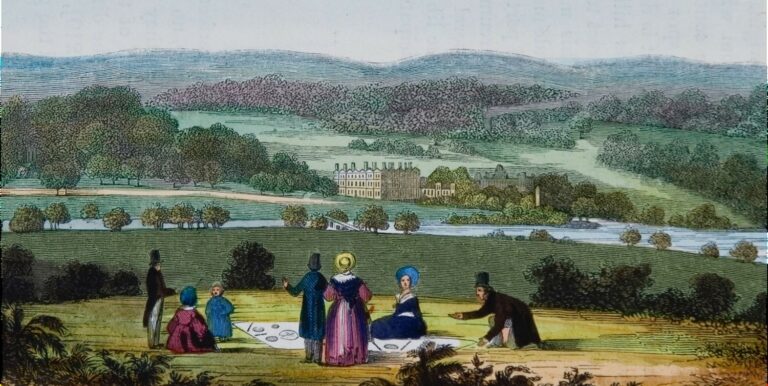The oldest part of the garden is a late 16th century or early 17th century water garden. Next is a Georgian Landscape Garden designed by Coplestone Warre Bampfylde, the then owner of the estate, in the 1750s. This is followed by a Victorian Shrubbery and Terrace created in 1873. The newest section is an Edwardian Formal Garden designed in 1903 by famous Arts and Crafts collaborators architect Sir Edwin Lutyens and plantswoman Gertrude Jekyll.
The Water Garden
The Water Garden at Hestercombe was recognised as such only in the last few years. It sits in the park near to the entrance and probably dates from the early 17th century. It is being restored including the summerhouse boathouse.





